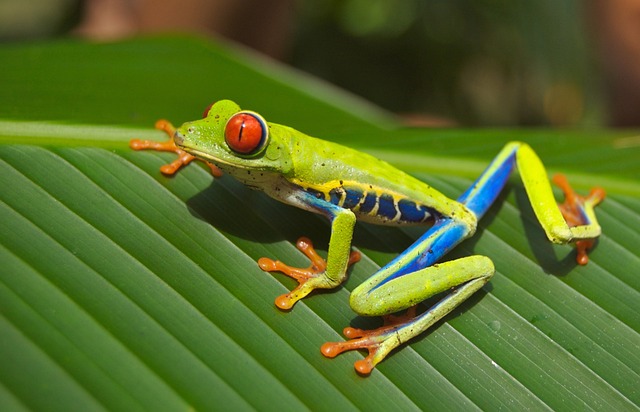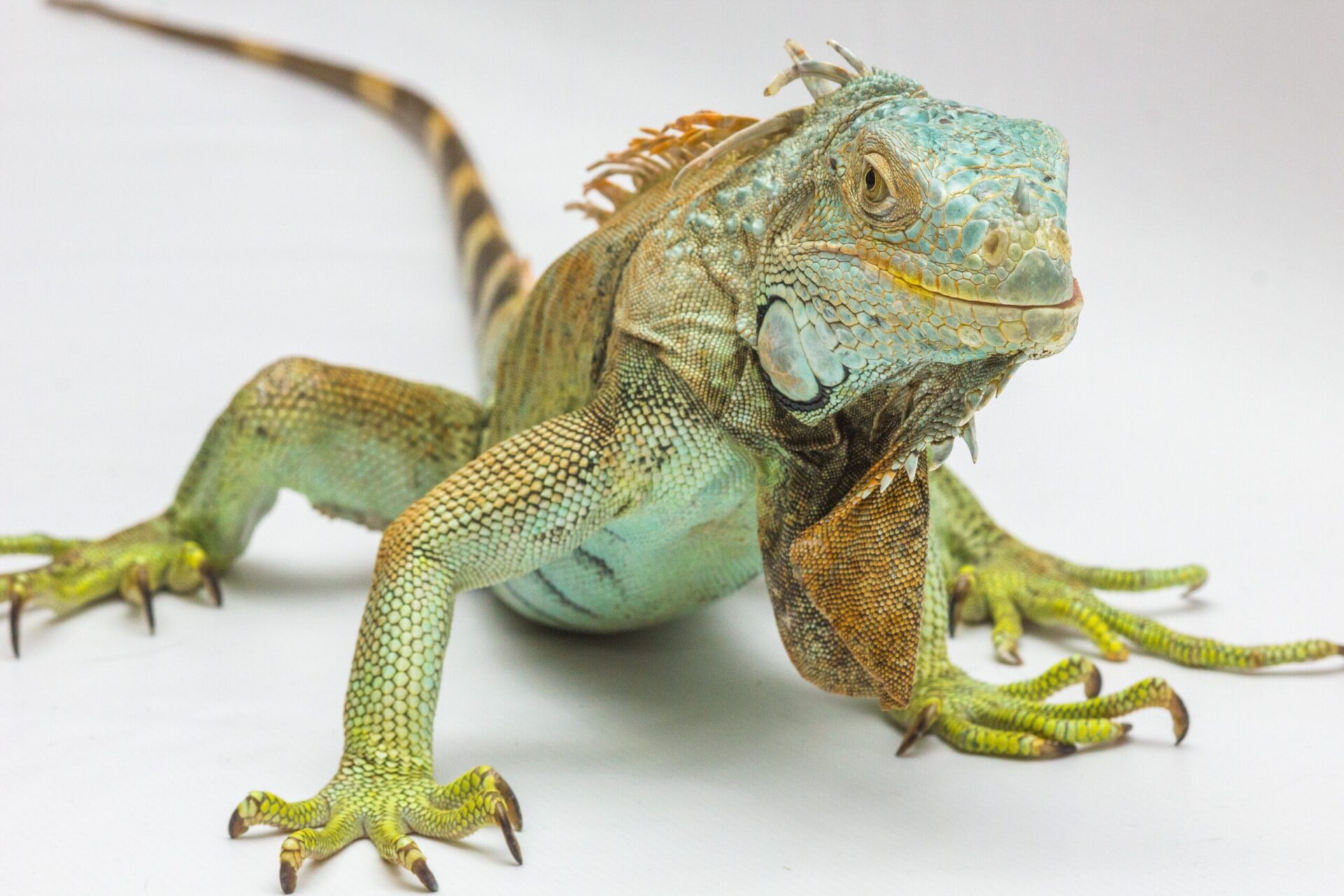Is Mushroom Poisonous To Your Dog?
All in all, with regards to mushrooms, how does a canine gatekeeper know which ones are toxic versus which ones are protected?
There are many mushrooms, yet somewhere around 100 sorts are toxic. (Try not to stress over mushrooms sold in huge chain supermarkets – these are protected and considered non-poisonous to canines and people). Contingent upon what kind of mushroom is unintentionally ingested, harming can be seen even with a little nibble. Mushrooms are undeniably challenging to recognize, and that ought to just be finished by mycologists.
If all else fails, veterinarians consistently expect the direst outcome imaginable… that each mushroom is toxic when ingested by canines or felines. They can bring about various sorts of harming regarding mushrooms, contingent upon what types of mushroom is ingested.
POISONOUS MUSHROOMS
- The riskiest kind of mushroom is the Amanita, which contains amanitin poisons. Clinical signs are seen from this mushroom incorporate extreme gastrointestinal signs (inside 6-24 hours), a “bogus recuperation” period (where your canine seems to improve), and afterwards serious liver disappointment (at 36-48 hours post-mushroom openness). Intense kidney injury (AKI) can likewise create in the end organizes. These kinds of destructive mushrooms incorporate Amanita, Galerina, Lepiota, A. phalloids (passing cap, demise holy messenger), and A. ocreata.
- The Inocybe spp. Furthermore, Clitocybe dealbata mushrooms contain the poison muscarine and cause plentiful SLUDE signs (e.g., salivation, lacrimation, pee, the runs) and neurologic signs.
- Amanita muscaria and A. pantherina are alternate kinds of Amanita that contain the poisons of muscimol and ibotenic corrosive. Clinical signs from this kind of mushroom incorporate ‘strolling tipsy,’ serious sedation, quakes or even seizures.
- The bogus morel (Gyromitra spp.) causes bountiful retching and runs and is by and large not lethal. Seldom, it can cause seizures.
- Some mushrooms motivate gastrointestinal aggravation (e.g., heaving and losing bowels) and are seldom dangerous when ingested. Signs can be found in 1-6 hours, and by and large determination following 1-2 days. These mushrooms incorporate the accompanying sorts: Agaricus, Boletus, Entoloma.
- Stimulating mushrooms aren’t dangerous and need treatment once in a while. Indications of ataxia (acting strange, crying, unusual eye development and hyperthermia) can be seen when canines ingest them. These mushrooms incorporate the accompanying sorts: Psilocybe, Conocybe, Gymnopilus spp.
Imagine a scenario in which you notice your canine eat a mushroom.
If you notice your canine eat a mushroom, get to a veterinarian or crisis veterinarian right away. The sooner you acquire your canine, the sooner we can sterilize (e.g., prompt heaving or regulate enacted charcoal to tie the toxic substance from the stomach) and treat your canine; this will be more affordable and less harmful to your canine. Extra treatment regularly incorporates IV liquids, blood work checking (for 2 days), liver protectant drugs, hostility to spewing medicine, and strong consideration. If you delay until clinical signs create, it could be past the point where it is possible to treat your canine adequately.




